Would a starndard-form crapemyrtle be smaller than own-root?
wintercat_gw
10 years ago
Related Stories

MODERN ARCHITECTURERoots of Style: International Style Celebrates Pure Form
Using technology and materials of the time, International style is always current. See its expression in these 16 homes around the world
Full Story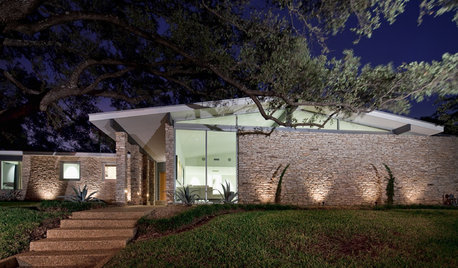
ARCHITECTURERoots of Style: Midcentury Modern Design
Midcentury modern still charms with its linear forms and low-sloping roofs. Appreciate it now — such simplicity can be hard to replicate
Full Story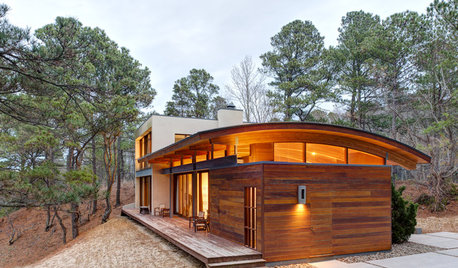
ARCHITECTURERoots of Style: The Segmental Vault Home
Distinctive and proud, these houses may be more common than you might first realize
Full Story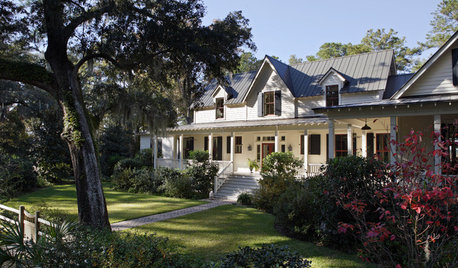
ARCHITECTURERoots of Style: American Farmhouses Pay Tribute to Regional Traditions
With simple forms and details that honor their locales, farmhouse architecture transcends time
Full Story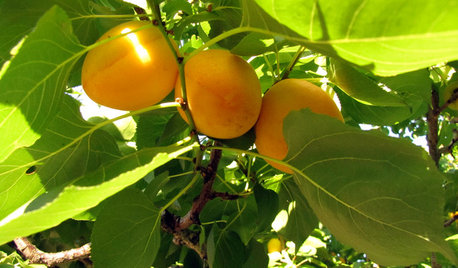
EDIBLE GARDENSHow to Grow Your Own Apricots
Velvety fruit, pretty blossoms and interesting bark make apricot trees a delight — and they’re great for smaller gardens
Full Story
ARCHITECTURERoots of Style: Do You Live in a Minimalist Traditional House?
Cottages, bungalows, farmhouses ... whatever you call them, houses in this style share several characteristics. See how many your house has
Full Story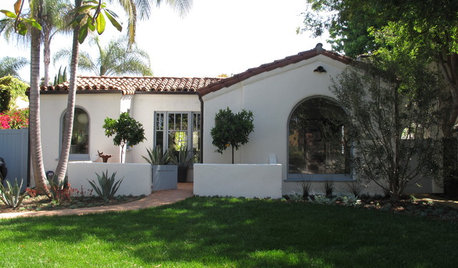
ARCHITECTURERoots of Style: Many Cultures Make Their Marks on Mediterranean Design
If you live in California, Florida or certain other parts of the U.S., your architecture may show distinct cultural influences
Full Story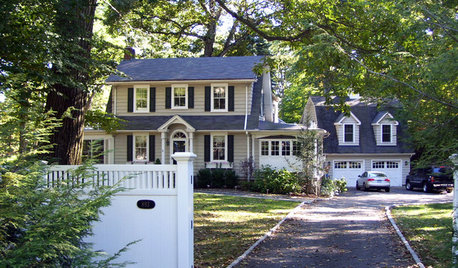
TRADITIONAL ARCHITECTURERoots of Style: Dutch Colonial Homes Settle on the Gambrel Roof
Colonists from the Netherlands brought the gambrel roof and other quaint details. Has your home adapted any of these features?
Full Story
ARCHITECTURERoots of Style: See What Defines a Craftsman Home
Charming features and intimate proportions have made Craftsman houses an American favorite. See their common details and variations
Full Story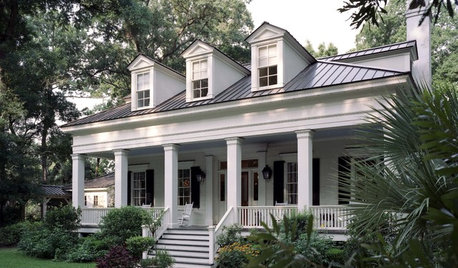
TRADITIONAL ARCHITECTURERoots of Style: Classical Details Flourish in 21st-Century Architecture
Columns, friezes, cornices ... if your home has features like these, it may have been influenced by ancient designs
Full Story







ken_adrian Adrian MI cold Z5
wintercat_gwOriginal Author
Related Professionals
Lakewood Landscape Architects & Landscape Designers · Manhattan Beach Landscape Architects & Landscape Designers · Seabrook Landscape Architects & Landscape Designers · Belmont Landscape Contractors · Choctaw Landscape Contractors · Tacoma Landscape Contractors · Cypress Siding & Exteriors · Ft Washington Siding & Exteriors · North Reading Siding & Exteriors · Bonita Decks, Patios & Outdoor Enclosures · Glendale Decks, Patios & Outdoor Enclosures · Marlboro Decks, Patios & Outdoor Enclosures · Midwest City Decks, Patios & Outdoor Enclosures · Randolph Decks, Patios & Outdoor Enclosures · Rantoul Decks, Patios & Outdoor Enclosuressam_md
brandon7 TN_zone7
wintercat_gwOriginal Author
wintercat_gwOriginal Author
sam_md
Dave in NoVA • N. Virginia • zone 7A
wintercat_gwOriginal Author
aquilachrysaetos